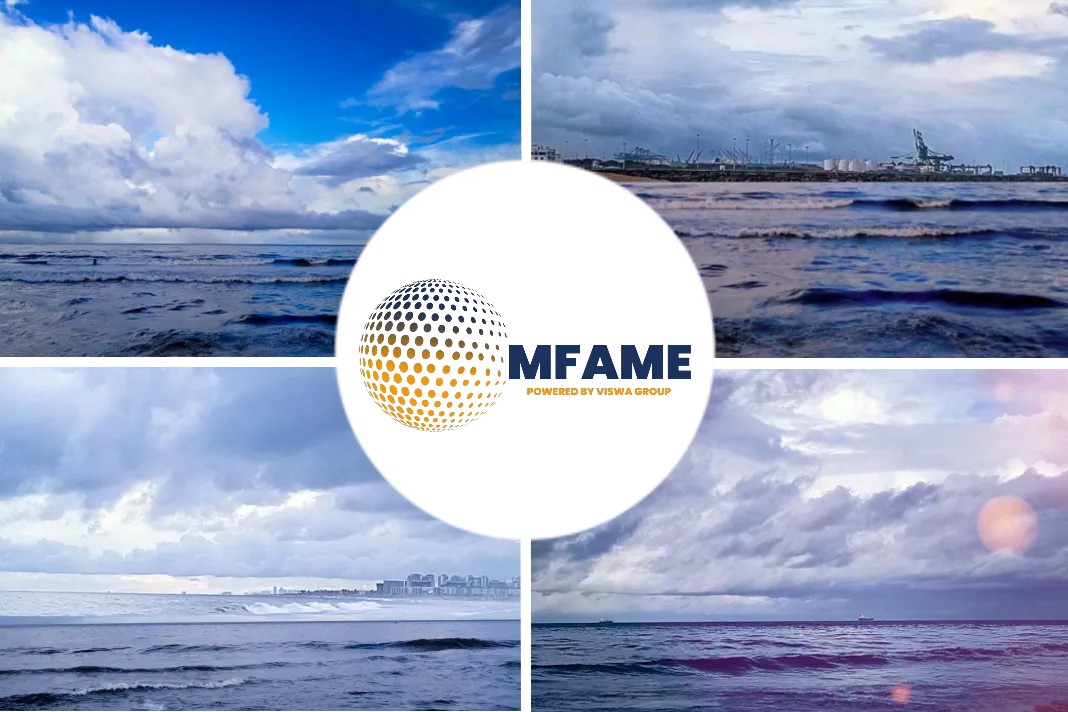- Inactive containership fleet will breach the 3m teu mark for the first time making 13% of the entire global box fleet out of work.
- The inactive containership fleet dropped last month having hit a record of 2.46m teu at the start of March.
- Forward bookings from Asia to North Europe down by over 50%, and it could even be worse than that.
- Ocean rates kept stable, with China-US West Coast rates even climbing by 5% to $1,604.
- Sea-Intelligence warned that a failure to prevent a simultaneous rate collapse could lead to the liner industry losing a “staggering” $23.4bn in 2020.
According to new data from Alphaliner, Idled containership capacity is expected to reach a record high of 3m teu within weeks, writes Mike Wackett for an article published in The LoadStar.
Worst capacity crisis
New data from Alphaliner indicates that idled containership capacity is expected to reach a record high of 3m teu within weeks, in the worst capacity crisis the industry has ever seen.
With over 250 sailings already withdrawn in the second quarter, the consultant forecasts that the lay-ups will push the idle fleet to a level twice that was seen during the 2009 global financial crisis.
Warning regarding market
Alphaliner warned “No market segment will be spared, with capacity cuts announced across almost all key routes.”
- Larger ships will be cascaded to replace smaller units on the remaining strings,
- carriers will be forced to idle a large part of their operated tonnage.
- all size segments will get affected in the coming weeks.
Reduced capacity
The following carriers have reduced their capacity, as up to a quarter of the world’s population is in lockdown and non-essential retailers shuttered:
- Asia-Europe and transpacific trades,
- transatlantic,
- Latin America,
- Middle-East,
- Indian sub-continent,
- Africa and
- Oceania routes.
Cancellations
According to a carrier source many more cancellations are expected to be announced over the next few weeks.
He added that a lot of ships are to remain anchored, like the airlines have parked their planes.
“Our visibility, for what it is worth, is showing forward bookings from Asia to North Europe down by over 50%, and it could even be worse than that.”
Blank sailings
THE Alliance published details of more blank Asia-North Europe, Asia-Mediterranean and transpacific sailings for May and June, “in response to lower market demand”, including merging loops on the North Europe and Middle East tradelanes and the suspension of a transpacific string.
Containership charter market
The waves of cancelled sailings by the alliances have already started to impact the containership charter market, as carriers rush to offload as much chartered tonnage as possible.
Charter rates to take a hit
Alphaliner said: “For the charter market, contracting demand will mean a rising number of unemployed vessels, with carriers seeking to redeliver tonnage whenever they can contractually do so, in order to adjust their capacities to the reduced cargo volumes. As a result, charter rates are expected to take a hit, especially in the larger sizes.”
Rates with scrubber technology
After a lengthy period of strong demand for charter tonnage, mainly due to the retrofitting of carrier-owned tonnage with scrubber technology, daily hire rates came off their peak last month, with all sectors falling by around 10%.
In particular, ships in the very large sizes of 7,500-11,000 teu proved popular with carriers looking for substitute tonnage, hitting five-year highs and often being flagged as “sold out” by containership brokers.
Sudden end by coronavirus crisis
However, the global coronavirus crisis has brought a sudden end to the good times for owners in the sector.
Alphaliner said with more vessels due to join the unemployment queue, while charter rates are expected to fall, short-term prospects for this segment appear bleak.
Slowest month for box movements
Earlier this week, Rodolphe Saadé, the CEO of CMA CGM, the world’s fourth largest containerline, said that he was anticipating, May will be the slowest month for box movements across the globe thanks to the coronavirus, says an article published in Safety4Sea.
Rates on par
Container vessel utilisation rates are beginning to slide however freight rates are stable, on a par with this time last year.
Container booking platform Freightos noted in an update that high air rates have some shippers looking to switch to ocean shipping. This shift, along with carriers continuing to blank large numbers of sailings for the coming weeks as demand slumps, have kept ocean rates stable, with China-US West Coast rates even climbing by 5% to $1,604.
Pandemic-linked blanked sailings cost
According to a report issued from Copenhagen-based Sea-Intelligence, the volume loss alone from the record number of pandemic-linked blanked sailings will cost the top 15 carriers more than $6bn in 2020, rendering the industry loss-making in 2020, reversing the $5.9bn profit the top 15 carriers managed combined last year.
Warnings
Sea-Intelligence warned that a failure to prevent a simultaneous rate collapse could lead to the liner industry losing a “staggering” $23.4bn in 2020.
Did you subscribe to our daily newsletter?
It’s Free! Click here to Subscribe!
Source: The LoadStar




















